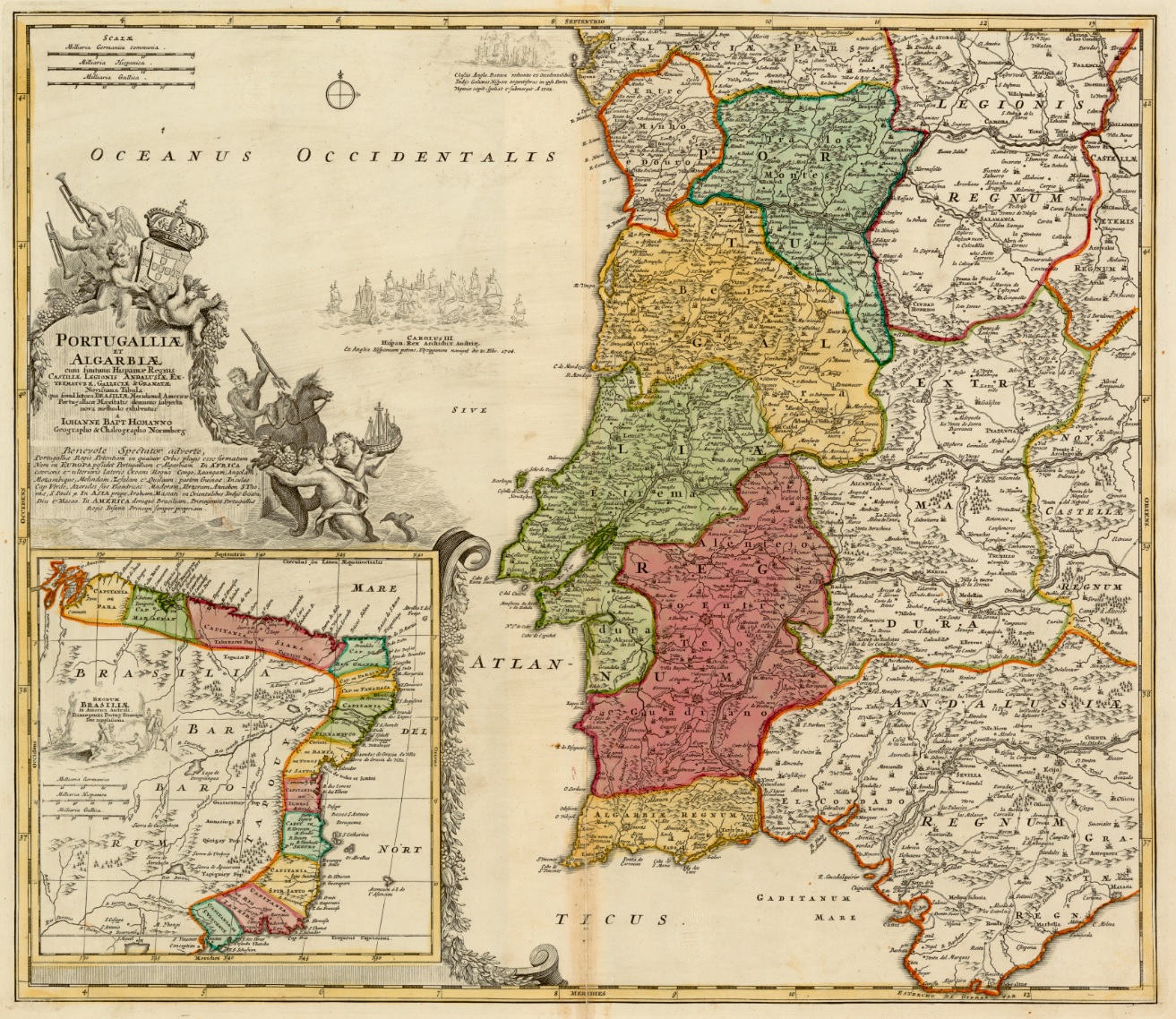|
Province Of The Azores
{{unreferenced, date=May 2017 The Province of the Azores was an administrative unit of Portugal encompassing the archipelago of the Azores between 1832 and 1833. It was created by Decree 28 of 4 June 1832 and signed by Peter IV of Portugal, Peter IV in the name of his daughter, Queen Maria II of Portugal. The Province of the Azores resulted from the abolishment of the Captaincy-General of the Azores, but retained its capital in the city of Angra do Heroísmo, on the island of Terceira Island, Terceira. The administrative territory was divided three comarcas: Angra, administered by a prefect; Ponta Delgada, and Horta, Azores, Horta, administered by Mayor, sub-prefects. The Province of the Azores was abolished on 28 June 1833 by Decree 64, which divided the archipelago into two separate provinces: the Província Oriental dos Açores (Eastern Province of the Azores), that included the islands of São Miguel Island, São Miguel and Santa Maria Island, Santa Maria, with its capital in Po ... [...More Info...] [...Related Items...] OR: [Wikipedia] [Google] [Baidu] |
Azores
) , motto =( en, "Rather die free than subjected in peace") , anthem= ( en, "Anthem of the Azores") , image_map=Locator_map_of_Azores_in_EU.svg , map_alt=Location of the Azores within the European Union , map_caption=Location of the Azores within the European Union , subdivision_type=Sovereign state , subdivision_name=Portugal , established_title=Settlement , established_date=1432 , established_title3=Autonomous status , established_date3=30 April 1976 , official_languages=Portuguese , demonym= ( en, Azorean) , capital_type= Capitals , capital = Ponta Delgada (executive) Angra do Heroísmo (judicial) Horta (legislative) , largest_city = Ponta Delgada , government_type=Autonomous Region , leader_title1=Representative of the Republic , leader_name1=Pedro Manuel dos Reis Alves Catarino , leader_title2= President of the Legislative Assembly , leader_name2= Luís Garcia , leader_title3= President of the Regional Government , leader_name3=José Manuel Bolieiro , le ... [...More Info...] [...Related Items...] OR: [Wikipedia] [Google] [Baidu] |
Santa Maria Island
Santa Maria () is an island in the Eastern Group, Azores, eastern group of the Azores archipelago (south of the island of São Miguel Island, São Miguel) and the southernmost island in the Azores. The island is known for its white sand beaches, distinctive chimneys, and dry warm weather. History The first records of a group of islands in the Atlantic (aside from the legends of Atlantis) came from the voyages of Portuguese sailors during the reigns of Dinis of Portugal, King Denis (1279–1325) and his successor Afonso IV of Portugal, King Afonso IV (1325–1357). These were unsubstantiated accounts and unofficial, until 1427 when navigator Diogo de Silves found the island of Santa Maria (at that time referred to on nautical charts as ''Ilha dos Lobos'' or ''Ilha do Ovo'') during his journey to Madeira. Myth tells that on the day of the island's discovery, Gonçalo Velho Cabral and his crew were celebrating mass (on the feast day of the Virgin Mary), when one of the lookouts ... [...More Info...] [...Related Items...] OR: [Wikipedia] [Google] [Baidu] |
Former Provinces Of Portugal
The term "provinces" ( pt, províncias) has been used throughout history to identify regions of continental Portugal. Current legal subdivisions of Portugal do not coincide with the provinces, but several provinces, in their 19th- and 20th-century versions, still correspond to culturally relevant, strongly self-identifying categories. They include: * Alentejo *Algarve * Beira *Douro Litoral * Estremadura * Minho *Ribatejo * Trás-os-Montes The islands of Azores and Madeira were never called "provinces". History The first provinces, instituted during the Roman occupation of the Iberian peninsula, divided the peninsula into three areas: Tarraconensis, Lusitania and Baetica, established by Roman Emperor Augustus between 27–13 B.C. Emperor Diocletian reordered these territories in the third century, dividing Tarraconesis into three separate territories: Tarraconensis, Carthaginensis and Gallaecia. At that time Tarraconesis included northern Portugal, Gallaecia and Asturias ... [...More Info...] [...Related Items...] OR: [Wikipedia] [Google] [Baidu] |
António Mariano De Lacerda
Antonio is a masculine given name of Etruscan origin deriving from the root name Antonius. It is a common name among Romance language-speaking populations as well as the Balkans and Lusophone Africa. It has been among the top 400 most popular male baby names in the United States since the late 19th century and has been among the top 200 since the mid 20th century. In the English language it is translated as Anthony, and has some female derivatives: Antonia, Antónia, Antonieta, Antonietta, and Antonella'. It also has some male derivatives, such as Anthonio, Antón, Antò, Antonis, Antoñito, Antonino, Antonello, Tonio, Tono, Toño, Toñín, Tonino, Nantonio, Ninni, Totò, Tó, Tonini, Tony, Toni, Toninho, Toñito, and Tõnis. The Portuguese equivalent is António ( Portuguese orthography) or Antônio (Brazilian Portuguese). In old Portuguese the form Antão was also used, not just to differentiate between older and younger but also between more and less important. In Galicia ... [...More Info...] [...Related Items...] OR: [Wikipedia] [Google] [Baidu] |
José Caetano Dias Do Canto E Medeiros
José is a predominantly Spanish and Portuguese form of the given name Joseph. While spelled alike, this name is pronounced differently in each language: Spanish ; Portuguese (or ). In French, the name ''José'', pronounced , is an old vernacular form of Joseph, which is also in current usage as a given name. José is also commonly used as part of masculine name composites, such as José Manuel, José Maria or Antonio José, and also in female name composites like Maria José or Marie-José. The feminine written form is ''Josée'' as in French. In Netherlandic Dutch, however, ''José'' is a feminine given name and is pronounced ; it may occur as part of name composites like Marie-José or as a feminine first name in its own right; it can also be short for the name ''Josina'' and even a Dutch hypocorism of the name ''Johanna''. In England, Jose is originally a Romano-Celtic surname, and people with this family name can usually be found in, or traced to, the English county of ... [...More Info...] [...Related Items...] OR: [Wikipedia] [Google] [Baidu] |
_(cropped).jpg)

